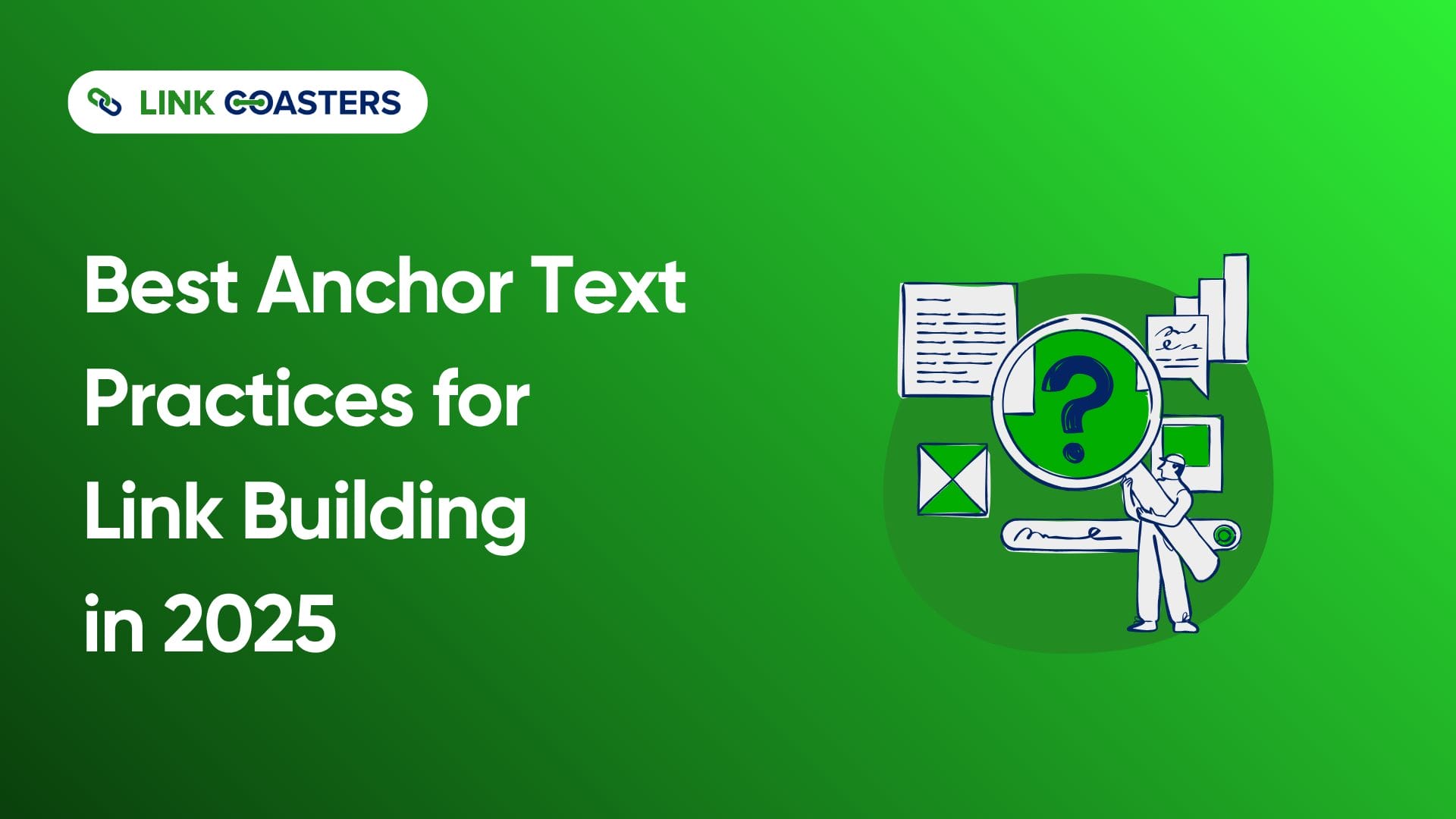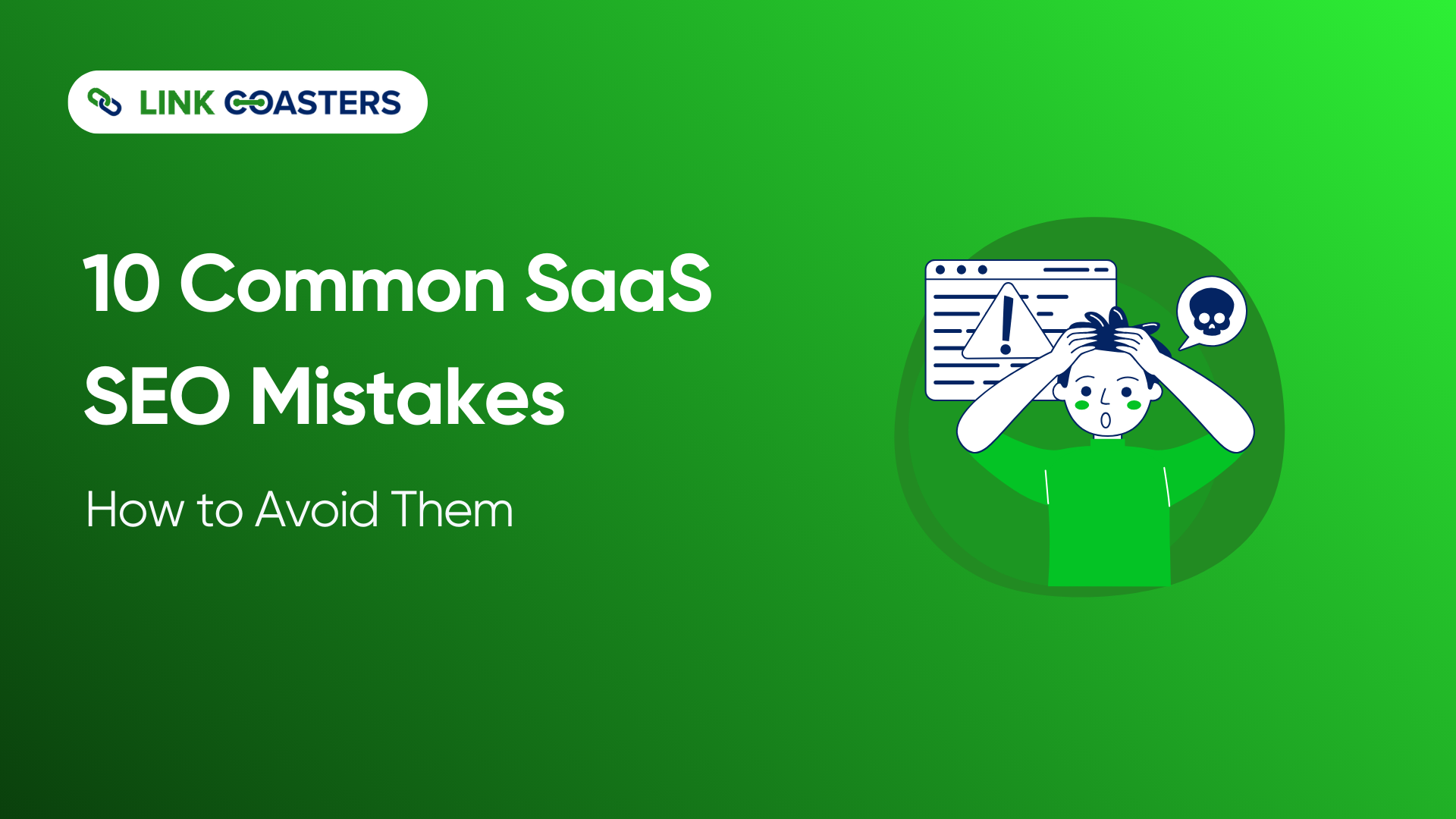Wikipedia backlinks remain one of the most coveted links in digital marketing. While they’re nofollow links that don’t directly pass ranking power, they offer something equally valuable: credibility, referral traffic, and brand authority.
Getting links from Wikipedia isn’t about gaming the system. It’s about contributing genuinely valuable information to the world’s largest encyclopedia. This requires understanding Wikipedia’s strict guidelines, community standards, and editorial processes.
This guide shows you exactly how to earn Wikipedia backlinks ethically. You’ll learn the rules, discover opportunities, and master the techniques that actually work. By the end, you’ll have a clear strategy for building sustainable Wikipedia links.
What Are Wikipedia Backlinks & Why They Matter
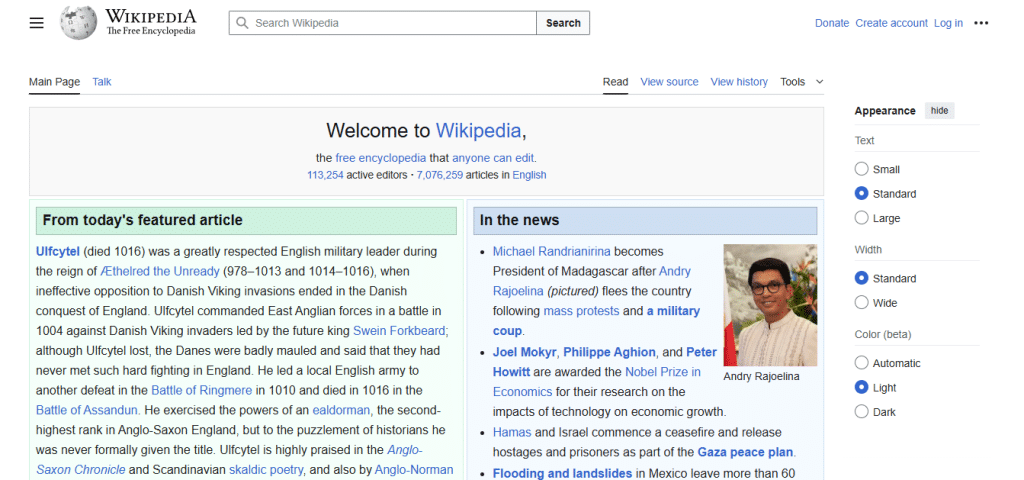
What Are Wikipedia Backlinks?
Wikipedia backlinks are links from Wikipedia articles that point to external websites. These links appear as references, citations, or external links within Wikipedia’s content structure.
When Wikipedia editors cite your website as a source, they create a backlink. This happens when your content provides reliable information that supports facts mentioned in Wikipedia articles.
Wikipedia contains millions of articles covering virtually every topic imaginable. Each article can include dozens of external links, creating massive opportunities for websites with quality content.
Are Wiki Backlinks Good?
Wikipedia backlinks provide significant SEO and business benefits despite being nofollow links. They drive high-quality referral traffic from engaged readers researching specific topics.
Search engines view Wikipedia links as strong trust signals. While they don’t pass direct ranking power, they indicate that your content meets high editorial standards.
Wikipedia links also boost brand credibility. Being referenced alongside authoritative sources positions your brand as a trusted industry resource. This social proof often leads to additional coverage and natural link building opportunities.
Why are Wikipedia links nofollow?
Wikipedia uses nofollow attributes on external links to prevent spam and maintain editorial integrity. This policy protects Wikipedia from becoming a link farm targeted by SEO manipulators.
Wikipedia uses a nofollow policy on all outbound links. This helps editors stay focused on improving content instead of handing out SEO value. It’s one of the reasons Wikipedia has kept its reputation as a trusted, unbiased resource.
Even if Wikipedia links don’t pass direct SEO authority, they’re far from useless. A citation there can send you consistent referral traffic, increase your brand’s visibility, and strengthen your credibility. Many sites gain meaningful traffic and trust simply by being referenced on Wikipedia.
Wikipedia Rules & Eligibility
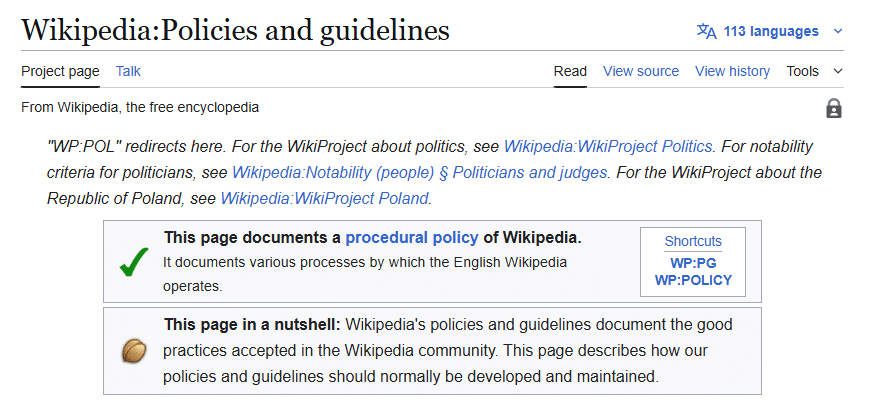
Wikipedia’s Reliable Sources Requirements
Wikipedia holds very high standards when it comes to citations. Only reliable, independent sources are accepted. That usually means established news outlets, academic institutions, government websites, and well-known industry publications. These rules help keep Wikipedia accurate and trustworthy.
Self-published content, blogs, and promotional materials typically don’t qualify as reliable sources. Wikipedia editors prefer sources with editorial oversight and fact-checking processes.
Your content must demonstrate expertise, authority, and trustworthiness to earn Wikipedia citations. This means professional presentation, accurate information, and proper sourcing for any claims you make.
Conflict of Interest Rules and Restrictions
Wikipedia’s conflict of interest (COI) policy restricts direct editing about yourself, your company, or your clients. COI editors must disclose their relationships and avoid promotional language.
If you have a COI, focus on improving Wikipedia through general edits rather than promoting your own interests. Build a positive editing history before suggesting changes related to your business.
The safest way to earn Wikipedia citations is to create high-quality content that other editors naturally want to reference. This approach avoids conflict-of-interest problems and builds trust within the Wikipedia community. When your content is genuinely valuable, citations tend to happen organically.
Notability Guidelines for Wikipedia Inclusion
Wikipedia requires topics to meet notability standards before receiving their own articles. Subjects must have significant coverage in reliable, independent sources to qualify for Wikipedia inclusion.
Small businesses and unknown individuals rarely meet notability requirements. However, industry experts and established companies often qualify if they’ve received substantial media coverage.
You might not meet the notability requirements for having your own Wikipedia page, but that doesn’t mean you’re out of the game. You can still earn citations by publishing valuable information that supports existing Wikipedia articles. If your content helps explain or back up a topic, editors are more likely to reference it.
When to Use External Links vs. Citations
On Wikipedia, citations and external links aren’t the same thing. Citations appear within the article itself and are used to support specific facts or statements.
External links, however, show up in their own section at the bottom of the page. They don’t back up claims directly, they simply guide readers to additional resources if they want to dig deeper.
To be used as a citation, your content must come from a reliable, independent source and directly support the statement in the article. External links are a bit more flexible they can include guides, tools, or other resources that add value, even if they don’t prove a specific fact.
Understanding the difference makes it easier to choose the right approach. Citations are more powerful because they boost authority, but they also demand reliable, top-quality sources. External links are simpler to earn since the bar is lower, yet they don’t carry the same influence.
How to Get Wikipedia Backlinks
1. Create a Wikipedia Account
Setting up a Wikipedia account is the best way to start building credibility as an editor. With a registered account, you’ll earn more trust in the community and gradually gain access to advanced editing features. Unlike anonymous edits, your contributions carry more weight and face fewer restrictions.
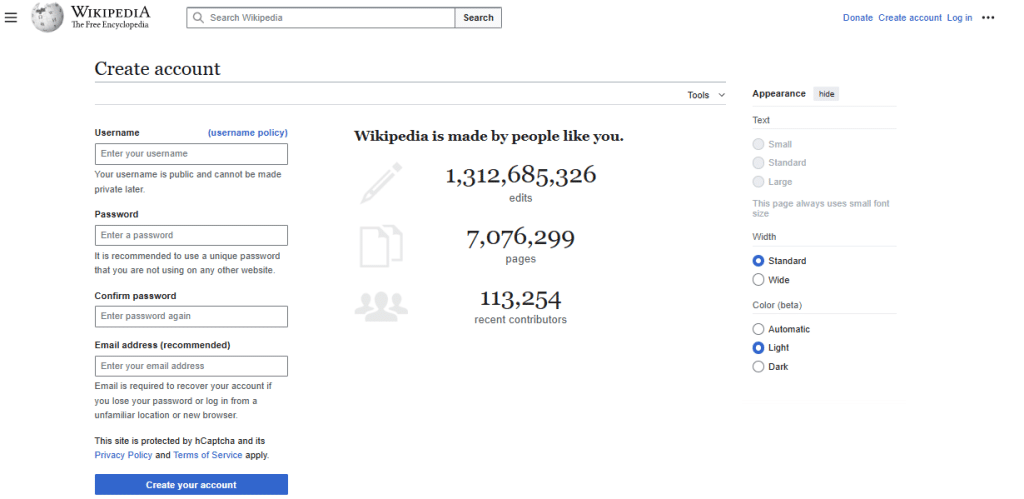
When you sign up, pick a username that reflects you as a person, not your business. This shows transparency and makes it easier for other editors to trust your intentions.
It also helps to fill out your user page with a bit of background, your expertise, interests, or areas you like to edit. A well-written user page gives the community context about who you are and why you contribute.
2. Identify Wikipedia Link-Building Opportunities
Dead/Broken Link Opportunity
Wikipedia is full of articles with dead link references that no longer work. For you, that’s an opportunity. By finding those broken citations, you can suggest high-quality replacements that keep the article accurate and useful.

Tools like Wikipedia’s dead link reports or even simple browser extensions can help you spot these gaps. It’s best to focus on articles that get a lot of traffic in your niche, since replacing a link there can bring both visibility and credibility.
When you recommend a replacement link, it has to line up with the original source. If your content doesn’t cover the same ground, editors will spot it right away and remove it. But if your link genuinely strengthens the article, they’re much more likely to keep it.
Missing Citations (“citation needed”)
Wikipedia articles frequently include “citation needed” tags where editors have requested sources for unsupported claims. These represent perfect opportunities to provide reliable citations.

Search for “citation needed” tags in articles related to your industry or expertise. Use Wikipedia’s search function with terms like “citation needed” plus your industry keywords.
Only add citations when you have a truly reliable source that backs up the statement in question. Don’t try to force your content into a citation spot if it doesn’t really fit that approach usually gets flagged and removed.
Unique Link Opportunity (original resources)
Some Wikipedia articles lack comprehensive coverage of specific subtopics where your content could add genuine value. These gaps represent opportunities for unique contributions.
Search for sections in Wikipedia articles where the information feels thin or incomplete. That’s where your content can add real value. The goal is to fill gaps with helpful, reliable details, not just repeat what’s already there.
Focus on providing new data, research, or perspectives that aren’t already well-covered in the article. If your content adds unique value, it has a much better chance of being accepted as a reference.
3. Publish or Align Link-Worthy Content
Create content specifically designed to meet Wikipedia’s reliability standards. This means professional presentation, proper sourcing, and objective tone throughout your materials.
Ensure your content includes proper citations to other reliable sources. Wikipedia editors prefer sources that demonstrate a scholarly approach and respect for accuracy.
Publish your content where it will be taken seriously. Wikipedia editors are more likely to accept sources from recognized industry magazines, academic journals, or major news sites. These sources give your content a stronger foundation for being accepted as a Wikipedia citation.
4. Add a Backlink (as a Proper Citation)
How to Edit a Wikipedia Page
Click the “Edit” button on any Wikipedia page to access the editing interface. Wikipedia uses markup language that requires specific formatting for citations and links.
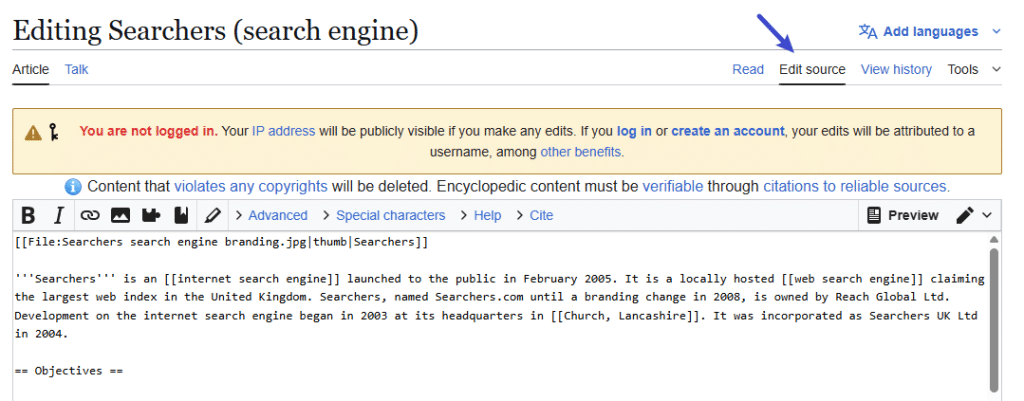
Start with small, obvious improvements to build editing confidence and familiarity with Wikipedia’s formatting requirements. Practice on less controversial articles before attempting major contributions.
Preview your changes before publishing to ensure proper formatting and appearance. Wikipedia’s preview function helps identify formatting errors before they become visible.
What Citation Templates Does Wikipedia Use?
Wikipedia provides citation templates for different source types, including websites, books, journals, and news articles. These templates ensure consistent formatting across all Wikipedia articles.
The most common web citation template is “cite web” which includes fields for URL, title, author, publisher, and access date. Fill in all available fields for the most professional appearance.
Learn the basic citation templates relevant to your content type. Proper template usage demonstrates professionalism and increases the likelihood of edit acceptance.
How to Create a Citation Within Your Edit
Insert citations immediately after the information they support using Wikipedia’s reference system. Citations appear as numbered footnotes that readers can click for source details.
Use the citation format:
<ref>{{cite web|url=|title=|author=|publisher=|date=}}</ref>
Fill in each field with the details from your source so the reference is complete and professional. Always place citations before the period or punctuation at the end of a sentence.
If it makes sense, you can attach more than one citation to the same statement. This shows that the information is well-supported and comes from multiple trusted sources, which adds to its credibility.
5. Post-Edit: Monitor & Maintain
Handle Rollbacks & Revisions
Stay on top of your edits, because other editors might change or remove them. To make this easier, add pages you’ve worked on to your watchlist so you’ll get notified whenever someone updates them.
If one of your edits gets reverted, check the edit summary to see why. It’s often something simple like a formatting issue, a concern about the source’s reliability, or a conflict with Wikipedia’s policies.
If your edits get reverted, try not to see it as a personal attack. Head over to the article’s talk page and start a respectful conversation.
Explaining your reasoning and listening to others is the best way to clear up misunderstandings, settle disagreements, and keep your contributions alive on Wikipedia.
Replace/Address If Your Link Is Removed
If your citations are removed, investigate the reasons before attempting replacements. Address any reliability or policy concerns raised by other editors.
Sometimes links are removed due to technical issues rather than content problems. Check for formatting errors, broken URLs, or missing template fields.
Consider improving your source material based on feedback from Wikipedia editors. Their concerns often reflect genuine quality issues worth addressing.
How to Use Wikipedia to Plan Content
Discover Topic and Keywords
Wikipedia articles reveal popular search terms and related concepts within your industry. Article titles, headings, and internal links suggest valuable keyword opportunities.
Study the language Wikipedia uses to describe concepts in your field. This neutral, encyclopedic tone often matches how people search for information online.
Explore Wikipedia’s category system to discover related topics and subtopics you might have overlooked in your content planning.
Using Wikipedia’s Structure to Organize Your Content
Wikipedia articles follow logical information hierarchies that mirror how readers expect content organization. Study successful Wikipedia articles for content structure inspiration.
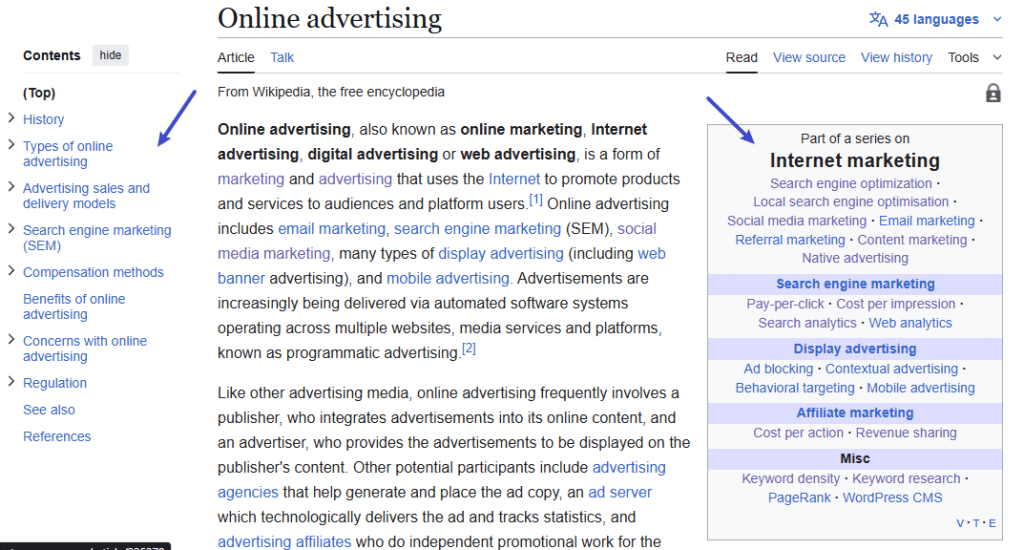
Take a look at how Wikipedia organizes its articles. Complex topics are broken down into clear sections and subsections, making them much easier to read and follow.
You can use the same approach on your own site. A table of contents-style layout helps guide readers through your content step by step. This structure feels familiar, improves readability, and makes long guides less overwhelming.
Mining Wikipedia References for Content Research
Wikipedia’s reference sections are treasure troves for research. They point to reliable, curated sources that can save you hours of digging while keeping quality high.
Watch the kinds of sources Wikipedia editors use in your field. They set the standard for what’s considered reliable, and they often point to the very publications where you could pitch your own work.

By digging into these references, you’ll also uncover the big names and trusted voices in your industry. Connecting with them through collaborations, guest articles, or partnerships can boost your credibility and get your brand in front of the right audience.
Identifying Content Gaps from Wikipedia Articles
Keep an eye out for sections in Wikipedia articles that feel thin or underdeveloped. Those gaps are opportunities for you to create high-quality content that fills in the missing details. If your work is reliable and well-sourced, it increases the chances that editors will cite it to strengthen the article.
Notice topics that Wikipedia mentions briefly but doesn’t explore thoroughly. Creating comprehensive resources on these subtopics can lead to natural citation opportunities.
Pay attention to “stub” articles or sections marked for expansion. These explicitly signal areas where Wikipedia needs better source material.
Best Practices for Long-Term Wikipedia Link Building
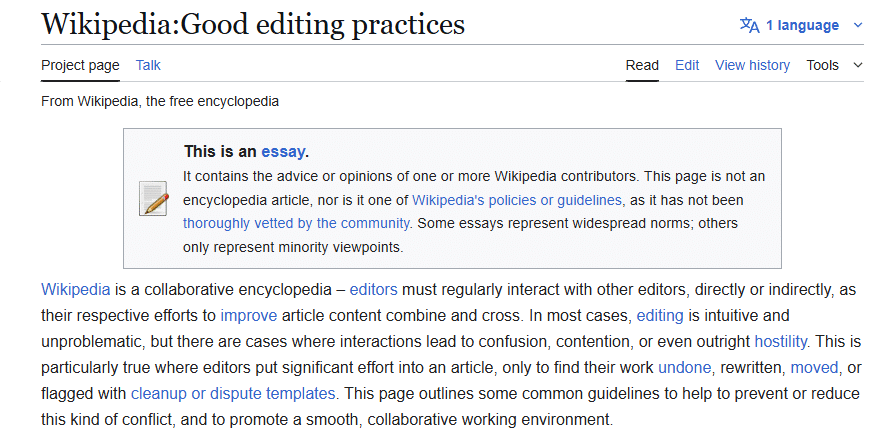
Maintain Neutral Tone & Non-Promotional Language
- All Wikipedia content must follow a neutral point of view (NPOV). Avoid promotional language, superlatives, and biased perspectives when creating content for a Wikipedia citation.
- Write objectively about topics, including your own company or products. Let facts speak for themselves rather than making promotional claims.
- Pay close attention to the way Wikipedia articles are written. The tone is always neutral, straightforward, and fact-based.
Cite High-Quality, Independent Sources
- Always support your content with references from reputable sources. When your work is backed by solid evidence, it carries more authority and looks trustworthy qualities which makes it much more likely to be cited on Wikipedia.
- Use diverse source types, including academic publications, government reports, and established media outlets. Avoid circular citation patterns or over-reliance on similar sources.
- Verify all facts and figures in your content before publication. Wikipedia editors fact-check potential sources and quickly identify inaccurate information.
Match Anchor Text to Content Context
- When adding Wikipedia citations, ensure your anchor text accurately describes the linked content. Misleading or promotional anchor text often leads to edit reversals.
- Use descriptive, factual anchor text that helps readers understand what they’ll find when clicking through to your content.
- Avoid keyword-stuffed anchor text that appears manipulative. Wikipedia editors recognize and remove obvious SEO attempts in anchor text.
Monitor and Maintain Your Edits Over Time
- Regularly check the status of your Wikipedia contributions using watchlists and monitoring tools. Wikipedia is constantly evolving, and maintenance ensures long-term link survival.
- Update citations when your content moves to new URLs or undergoes significant revisions. Broken or outdated links get removed quickly by Wikipedia editors.
- Participate in ongoing Wikipedia discussions related to articles where you’ve contributed. Active community participation builds relationships and protects your contributions.
Also expand your knowledge of SaaS link building by exploring our detailed guide.
Common Mistakes to Avoid during Wikipedia Link Building
Overlinking to Your Own Website
Adding excessive links to your own website appears spammy and violates Wikipedia’s conflict of interest guidelines. Focus on quality over quantity in your citation strategy.
Using Unreliable or Self-Published Sources
Wikipedia has strict rules about reliability, and most blogs, personal sites, or self-published content won’t make the cut. Before aiming for a citation, make sure your work is published in places that meet Wikipedia’s standards.
Ignoring Conflict of Interest/Notability Requirements
Failing to disclose conflicts of interest can result in Wikipedia blocks and reputation damage. Be transparent about your relationships to topics you’re editing.
Force-Indexing & Poorly Researched Edits
Rushing to add citations without proper research often results in quickly reversed edits. Take time to understand the article context and citation needs before contributing.
Conclusion
Earning backlinks from Wikipedia isn’t about quick wins, it’s about playing the long game. The most successful editors respect the platform’s guidelines, focus on quality, and add value instead of trying to manipulate the system.
If you want to boost your chances of being cited, start by creating content that actually fits Wikipedia’s reliability standards. Publish on reputable platforms, write in a neutral and factual way, and always back up your points with solid sources.
See it as building a reputation, not just getting a link. By making consistent, helpful contributions, you’ll earn the trust of the Wikipedia editor community. That trust is what leads to long-term results, far beyond what a single backlink can do.
And don’t forget, Wikipedia should be just one part of your SEO strategy. While these links can boost authority and credibility, the best results come from combining them with other link-building and content marketing efforts.
FAQ
You can earn backlinks by adding your content as a citation on relevant Wikipedia articles, ensuring it meets Wikipedia’s notability and reliable source guidelines.
Edit a page, use the citation template, and insert your link as a supporting reference to reliable content.
Provide authoritative, neutral sources. Links that add real value are more likely to remain after editor reviews.




